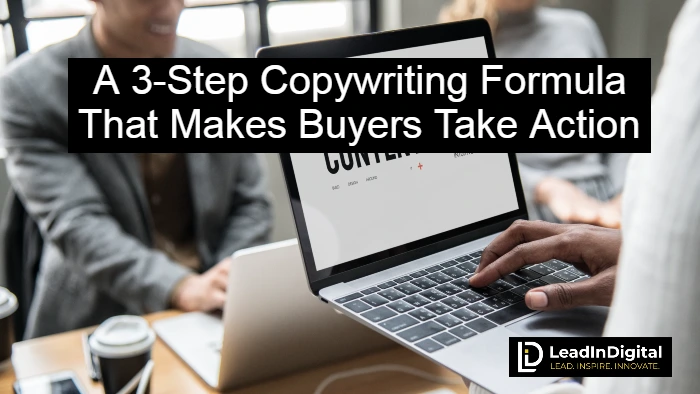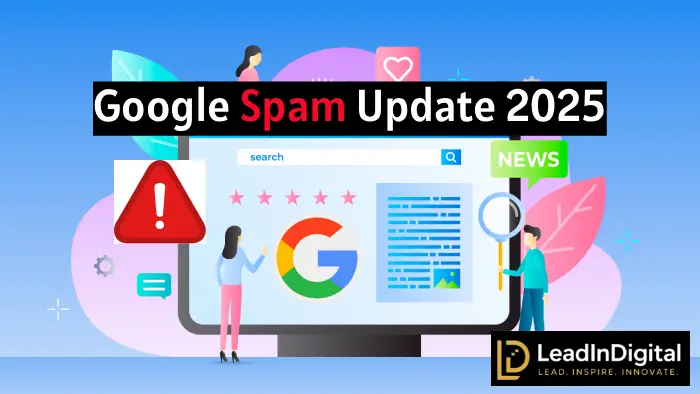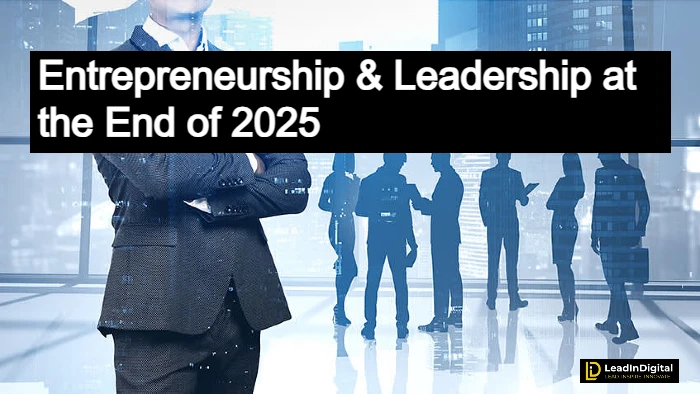
It's more difficult than ever to get attention, let alone
persuade someone to buy, in a world full of incessant advertisements, scrolling
feeds, and continual distractions. Copywriting can help with that. Casual
readers can become devoted clients with the correct wording and structure.
The issue is that most companies overcomplicate copywriting. They use
long-winded pitches, jargon, and buzzwords in the hopes that something will
stick. They confuse instead of clarify, and perplexed prospects never make a purchase.
The good news? Writing copy doesn't have to be difficult. You can actually write words that consistently cause readers to pause, pay attention, and act by following a straightforward three-step formula.
Let's analyze it.
Step 1: Grab Their Interest with an Irresistible Issue
When was the last time an advertisement or headline caused you to stop scrolling? Chances are, it spoke directly to a problem you were experiencing.
That’s the first step in great copywriting: start with the pain point.
Why? Because people are naturally wired to pay more attention to problems than
solutions. If your opening doesn’t connect to their current struggles, they’ll
simply move on.
- Start with a bold statement: “Most entrepreneurs waste thousands on ads that don’t convert.”
- Ask a question that stings: “Tired of spending hours on social media posts that nobody reads?”
- Create a situation that they can identify with: "You've created the ideal product, but nobody is purchasing it." Does that sound familiar?
Step 2: Amplify Desire with Benefits, Not Features
Once you’ve hooked their attention, the next step is to show
them what’s possible. But here’s where most businesses go wrong: they focus
on features instead of benefits.
Features are what your product does. Benefits are
what your product does for them. Buyers don’t care about technical
specs they care about how those specs improve their lives.
How to Do It:
- List features, then translate them into benefits.
- Feature: “Our app has an AI-powered task scheduler.”
- Benefit: “You’ll finish your to-do list in half the time, with zero stress.”
- Paint the transformation. Show them the before and after picture of using your product.
- Use emotional triggers. Tie your benefits to emotions like freedom, security, confidence, or happiness.
Example:
Instead of saying:
“This blender has a 1200-watt motor and stainless-steel blades.”
Say:
“Whip up silky-smooth smoothies in under 30 seconds without chunks, clumps, or wasted time.”
Notice how the second example connects to the buyer’s desired outcome. It’s not about the wattage; it’s about convenience, health, and lifestyle.
Step 3: Close Strong with a Clear Call-to-Action
You’ve grabbed their attention and shown them what’s possible now it’s time to guide them toward taking action.
This step is where many businesses fall flat. They either:
- Fail to include a call-to-action (CTA) at all.
- Use weak CTAs like “Click here” or “Learn more.”
- Overwhelm the buyer with too many choices.
The secret? Be clear, confident, and compelling.
How to Do It:
- Make it specific: “Download your free guide” is better than “Click here.”
- Use urgency or scarcity: “Sign up today spots are limited.”
- Highlight the benefit again: “Start saving 10 hours a week join now.”
Example:
Instead of saying:
“Click here to subscribe.”
Say:
“Get instant access to proven copywriting templates subscribe now.”
The second example reminds the buyer of the value they’ll receive when they take action.
Putting It All Together
Here’s what the full 3-step formula looks like in action:
Step 1 (Hook the Problem):
“Still struggling to write sales pages that actually convert? You’re not
alone most entrepreneurs waste hours writing content that never brings in
sales.”
Step 2 (Show Benefits):
“Imagine having a proven copywriting formula that helps you write magnetic
headlines, persuasive product descriptions, and powerful CTAs in minutes. No
guesswork, no wasted effort just words that sell.”
Step 3 (Call-to-Action):
“Download our free copywriting cheat sheet today and start turning readers into
buyers instantly.”
See how clean, simple, and effective that is?
Why This Formula Works
- It’s based on psychology. Humans are hardwired to notice problems, crave solutions, and follow clear instructions.
- It simplifies your message. Instead of overwhelming buyers, you guide them step by step.
- It works everywhere. Emails, ads, landing pages, social posts you can use this formula anywhere you need words that sell.
Final Thoughts
Copywriting doesn’t need to be complicated, and you don’t need to be a professional writer to create words that move people. All you need is a formula that taps into how people actually make decisions.
The next time you sit down to write an ad, email, or sales page, remember this 3-step formula:
- Hook their attention with a problem.
- Amplify desire with benefits.
- Close strong with a clear call-to-action.
Follow these steps, and you’ll never stare at a blank page wondering how to persuade your audience again. Instead, you’ll have a proven system for writing copy that makes buyers take action every single time.




